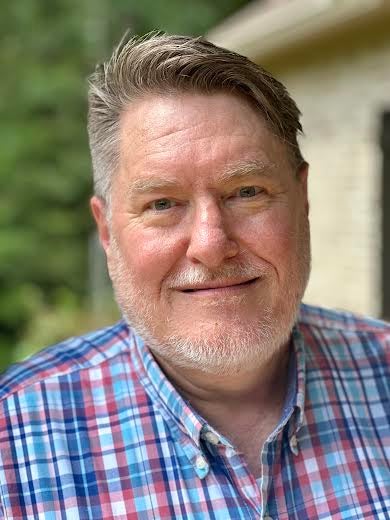Flint Editorial
Published 12:00 am Friday, November 7, 2008
Thirty-nine years ago, I was an active seven-year-old little girl, living in Clinton. Then, everything in my life and that of my family changed drastically.
My mother, Dot Bryson, noticed I began drinking large amounts of liquids. I was weary all the time and I actually smelled “sweet”- all classic signs of diabetes. She took me to the doctor who told her I might have diabetes. I went to a lab where I drank several glasses of a glucose mixture and had a number of vials of blood drawn for testing. I vaguely remember this – I do remember being praised by the staff at the lab about how brave I was to allow them to stick my arms so many times to take blood. At that time, neither Mom nor I had any idea how brave I would have to become and how my life would change.
Later, we drove home. Mom waited anxiously for the results of the tests. When the call finally came, she was told to take me to University Medical Center in Jackson as soon as possible. I had diabetes. Mom told me recently that it was quite a shock to both her and my father, Bill Bryson. Mom had heard of people who had ??the high sugar,” but knew very little about diabetes. Needless to say, she and Dad went on a whirlwind course on diabetes care while I was in the hospital. Doctors told my parents that complications from the disease were to be expected and I would probably begin to have heart attacks and other complications by the time I reached my twenties. I am happy to say I’m proving them wrong!
The hospital staff showed us how to give insulin injections and how to test my urine for sugar. I learned how to give shots by practicing on an orange. I began giving my own injections while in the hospital and I’ve been doing it ever since. I remember the first time I gave myself an injection- nurses brought all the other kids on the floor into my room to watch. Everyone praised me for being so brave and I enjoyed the attention! Little did I know how many shots I would take over the years: I’ve taken well over twenty-five thousand of them so far.
Diabetes care in 1969 was archaic compared to the present. Fortunately, I had disposable syringes, so I didn’t have to sterilize or sharpen my own needles to reuse. Glucose testing was by urinalysis because blood glucose monitors weren’t available yet. Urine testing often didn’t indicate correct sugar levels in my bloodstream, and Mom just had to hope for the best.
I had to take my insulin injections at the same time every day, so that meant no sleeping late on Saturdays. I had to eat meals the same time and not vary my menu very much so that my blood sugar would not run poorly. She did her best with the resources she had and she is the reason I’m alive today. I never realized until I became a mother myself what all she must have gone through. Momma is why I’m here today and I love her very much.
Mom tried to learn as much as she could about the disease, but there wasn’t a lot of information available at that time. My pediatrician would give her medical books to read and she would do her best to understand the medical jargon. There was no support for our family, no educational material and no hope for a cure. We didn’t have the Juvenile Diabetes Research Foundation then. But we do now!
The JDRF is hope for a cure. Of every dollar raised by the foundation, over 80 percent goes toward scientific research to find a cure for type 1 diabetes and to offset complications that can occur from having type 1 or type 2. There is one JDRF office for the entire state of Mississippi. It’s in Jackson and is staffed by only three people! They work very hard with the resources they have and depend on volunteers. Please visit the JDRF website at www.jdrf.org to learn more.
The Juvenile Diabetes Research Foundation (JDRF) has a simple mission: to find a cure for diabetes and its complications through research. They help people affected by this disease with so much more than was available to my family 39 years ago. Families aren’t alone now and the future is bright. I hope we’ll have a cure for type 1 diabetes in my lifetime, but if I’m wrong, at least I will know I put up quite a battle to raise funds for research to find a cure.
Never give up hope.
Never stop fighting.
(Editor’s note: Janet Bryson Flint is married to Calvin Flint III of Batesville.)
(‘Nuther Note: November is National Diabetes Month.)




